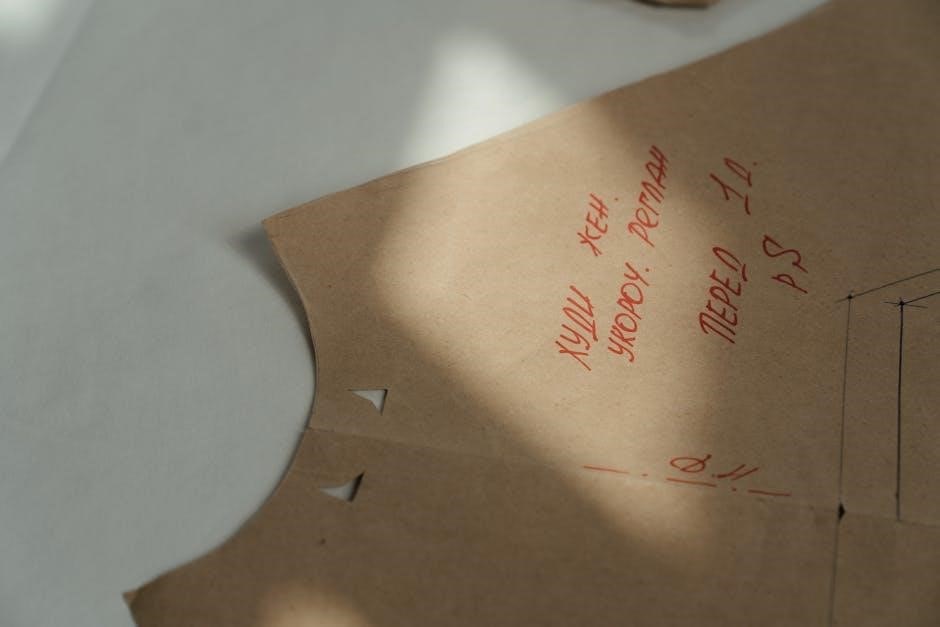The Masterbuilt Turkey Fryer is a versatile appliance designed for safe and efficient turkey cooking. It offers ease of use and consistently delicious results for home cooks.

Overview of the Masterbuilt Turkey Fryer

The Masterbuilt Turkey Fryer is a high-quality electric appliance designed for safe and efficient turkey cooking. Known for its reliability, it offers a user-friendly experience, making it ideal for both indoor and outdoor use. The fryer is equipped with advanced features that ensure even cooking and crispy results. Its durable construction and easy-to-follow manual make it a popular choice among home cooks. Available in various models, such as the 20010611, it caters to different user preferences. The fryer also comes with a warranty, ensuring customer satisfaction and product reliability. With its focus on safety and performance, the Masterbuilt Turkey Fryer has become a trusted name in kitchen appliances.
Key Features and Benefits
The Masterbuilt Turkey Fryer is designed with safety and efficiency in mind, offering a hassle-free cooking experience. Its electric design ensures even heat distribution and crispy results. The fryer is ideal for indoor use, eliminating the need for propane. It comes with a comprehensive user manual, providing clear instructions for assembly and operation. The fryer also features a thermostat for precise temperature control, ensuring perfectly cooked turkey every time. Additional benefits include a one-year warranty and optional accessories like thermometers for enhanced functionality. The fryer’s compact design and easy cleanup make it a practical addition to any kitchen. Its focus on safety and performance makes it a reliable choice for home cooks. With these features, the Masterbuilt Turkey Fryer stands out as a versatile and user-friendly appliance.
Importance of Following the Instruction Manual
Adhering to the Masterbuilt Turkey Fryer instruction manual is crucial for safe and effective use. The manual provides detailed guidance on assembly, operation, and maintenance, ensuring optimal performance. Following the instructions helps prevent accidents, such as oil spills or overheating, by outlining proper safety precautions. It also covers troubleshooting common issues, enabling users to address problems quickly. The manual includes warranty information, which must be validated for coverage. By following the guidelines, users can achieve consistent, delicious results while maintaining the appliance’s longevity. Ignoring the manual may lead to unsafe conditions or subpar cooking outcomes. Always read and follow the instructions carefully to maximize safety and satisfaction.
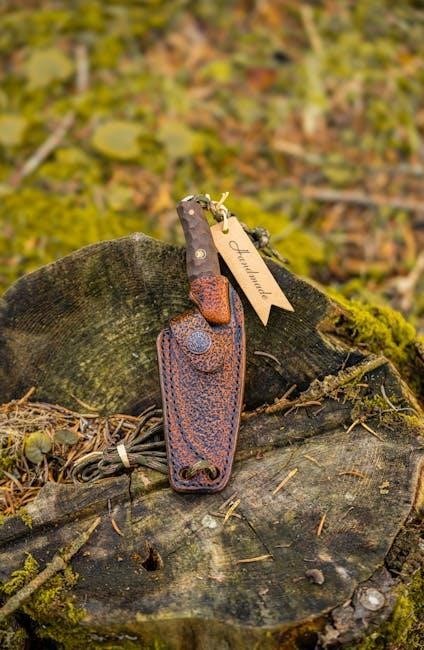
Assembly and Preparation
Assembly involves carefully unpacking and organizing components, following step-by-step instructions for proper setup. Preparation ensures all parts are secure and ready for safe operation and cooking.
Unboxing and Initial Setup
Begin by carefully unboxing the Masterbuilt Turkey Fryer, ensuring all components are accounted for. Locate the fryer pot, basket, lid, and electrical components. Place the unit on a stable, heat-resistant surface, away from flammable materials. Before assembly, inspect each part for damage or defects. Follow the manual’s diagrams to attach handles and other accessories securely. Ensure the fryer is placed on a level surface to prevent oil imbalance during cooking. Plug in the unit and test the heating element to confirm it’s functioning properly. Familiarize yourself with the control panel and safety features before proceeding to assembly or use.
Step-by-Step Assembly Instructions
Assemble the Masterbuilt Turkey Fryer by first attaching the legs to the fryer pot using the provided bolts. Ensure they are securely tightened for stability. Next, insert the heating element into the pot, aligning it with the designated slots. Connect the temperature probe to the control panel, following the manual’s wiring diagram. Attach the basket handle to the fryer basket and place the basket into the pot. Finally, mount the control panel to the side of the pot and connect all electrical components. Double-check all connections to ensure they are secure and properly aligned. Once assembled, perform a quick test by plugging in the unit and verifying that the heating element activates correctly.
Pre-Use Safety Checks
Before using the Masterbuilt Turkey Fryer, ensure all components are securely assembled and tightened. Verify that the heating element is properly connected to the control panel and free from damage. Check for any gas leaks by applying a soapy water solution to the connections if using a propane model. Place the fryer on a stable, heat-resistant surface away from flammable materials. Ensure the turkey basket is securely attached to the lifting mechanism to prevent accidents during cooking. Never leave the fryer unattended while in operation. Keep children and pets at a safe distance. Always follow the manufacturer’s guidelines for oil levels and temperature settings to avoid overflow or overheating.

Preparing the Turkey
Thaw the turkey completely, pat dry, and season generously. Marinate or inject with flavorings if desired. Ensure the turkey fits securely in the fryer basket for even cooking.
Thawing and Cleaning the Turkey
Thawing the turkey is crucial for even cooking and food safety. Allow the turkey to thaw completely in the refrigerator, ensuring it remains at a safe temperature. Once thawed, rinse the turkey under cold water, gently removing any giblets or neck from the cavity. Pat the turkey dry with paper towels, inside and out, to remove excess moisture. This step helps achieve a crispy skin when frying. Proper cleaning and drying prevent oil splattering and ensure the turkey cooks evenly in the Masterbuilt Turkey Fryer. Always follow safe food handling practices to avoid contamination. Cleanliness is key to a delicious and safe frying experience.
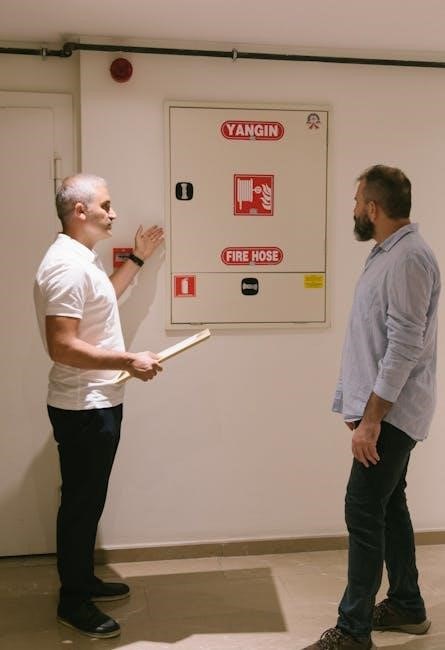
Marinating and Seasoning Tips
Marinating and seasoning are essential steps to enhance the flavor of your turkey. For best results, marinate the turkey in your favorite seasonings for at least 24 hours. Use a marinade rich in herbs, spices, and acids like vinegar or citrus for tenderization. Always refrigerate during marinating to ensure food safety. Season the turkey generously, making sure to rub spices under the skin and inside the cavity for even flavor distribution. Avoid over-seasoning, as this can overpower the natural taste of the turkey.
For crispy skin, pat the turkey dry after marinating. Injectables or rubs can add extra flavor. Let the turkey rest 30 minutes before frying to allow seasonings to set. This ensures a perfectly seasoned and delicious turkey every time.
Placing the Turkey in the Fryer Basket
Properly placing the turkey in the fryer basket ensures even cooking and prevents damage to the appliance. Start by positioning the turkey breast side up, with the legs facing the narrow end of the basket. This orientation helps the turkey cook evenly and prevents it from touching the heating element. Pat the turkey dry with paper towels to remove excess moisture, as this reduces oil splatter during frying. Secure the turkey firmly in the basket using the provided hooks or clips. Do not overcrowd the basket, as this can disrupt air circulation and lead to uneven cooking. Finally, attach the drain clip to the basket for safe oil drainage after cooking. Always follow the manufacturer’s weight capacity guidelines to avoid damaging the fryer. For specific instructions, consult the Masterbuilt Turkey Fryer manual.
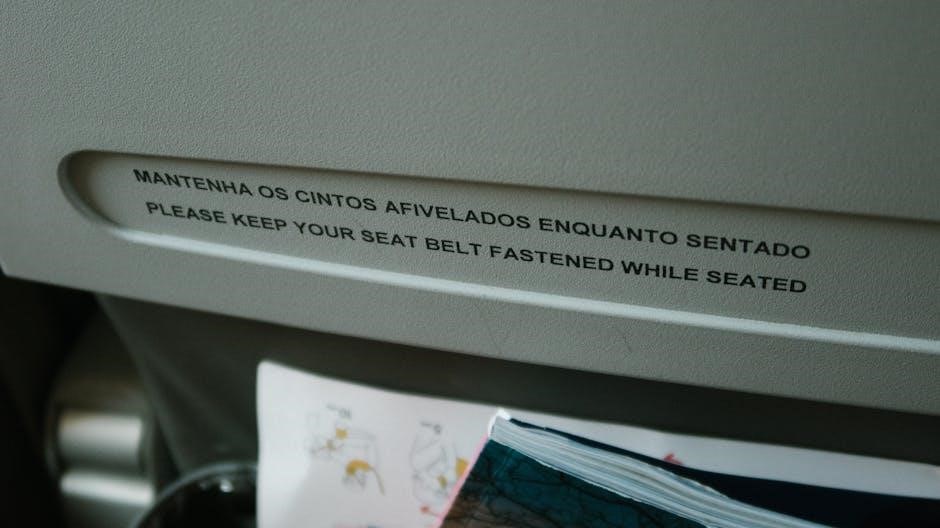
Cooking the Turkey
Cooking the turkey in the Masterbuilt fryer involves precise timing and temperature control. Fry at 3.5-4 minutes per pound, ensuring the internal temperature reaches 165°F for safety.
Oil Preparation and Heating Guidelines
Before frying, select a high-smoke-point oil like peanut or vegetable oil. Ensure the fryer is placed on a level, heat-resistant surface. Fill the oil to the recommended level, avoiding overfilling to prevent spills. Preheat the oil to 375°F (190°C) for optimal frying. Use a thermometer to monitor the temperature accurately. Once the turkey is placed in the basket, gently lower it into the hot oil. Maintain the temperature between 325°F and 350°F (165°C to 175°C) during cooking. Avoid overcrowding the basket to ensure even cooking. Never leave the fryer unattended while heating or frying. Always follow the manufacturer’s guidelines for oil quantity and heating times to achieve crispy, golden results safely. Proper oil preparation is crucial for both flavor and safety.
Cooking Time and Temperature Monitoring
Cooking time for the Masterbuilt Turkey Fryer is typically 3.5 to 4 minutes per pound. Use a meat thermometer to ensure the turkey reaches 165°F in the breast and 180°F in the thighs. Monitor oil temperature closely, maintaining it between 325°F and 350°F for even cooking. Adjust the heat as needed to prevent overheating. Avoid overcooking, as this can dry out the meat. Use the fryer’s thermostat to regulate temperature accurately. Always keep a timer handy and check the turkey periodically. Proper temperature control ensures a crispy exterior and juicy interior. Never leave the fryer unattended during cooking. Follow these guidelines for a perfectly cooked turkey every time. Safety and precision are key to achieving delicious results.
Ensuring Even Cooking and Crispy Skin
To achieve even cooking and crispy skin, ensure the turkey is completely thawed and patted dry before frying. Proper oil circulation is key, so avoid overcrowding the fryer basket. Place the turkey breast-side up, with legs toward the narrow end of the basket. Use a meat thermometer to monitor internal temperatures, ensuring the breast reaches 165°F and thighs 180°F. Maintain oil temperature between 325°F and 350°F for consistent cooking. Do not cover the fryer during cooking, as this can trap steam and prevent crisping. After frying, let the turkey rest briefly before carving to retain juices; Crispy skin and even cooking are achieved by following these guidelines and monitoring the process closely.
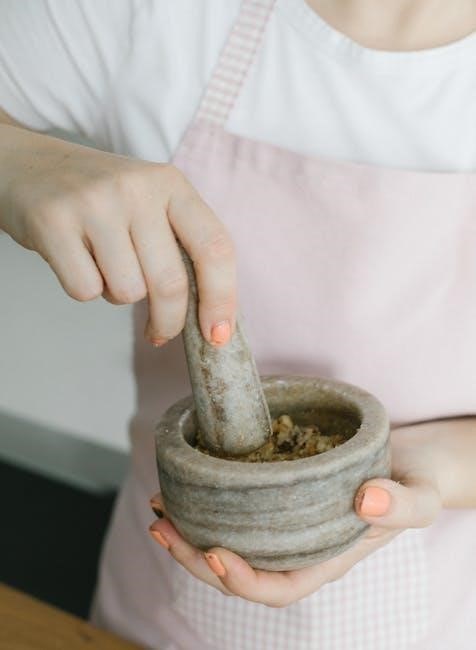
Post-Cooking Procedures
After cooking, turn off the fryer and carefully lift the turkey basket to drain excess oil. Allow the turkey to cool slightly before carving and serving. Clean the fryer thoroughly after use to maintain hygiene and functionality for future cooking sessions.
Draining Excess Oil Safely
Draining excess oil safely is crucial after frying your turkey. Once the cooking time is complete, turn off the fryer and allow the oil to cool slightly to prevent splattering. Using the provided basket with a drain clip, carefully lift the turkey from the oil and attach the clip to the side of the pot. This allows excess oil to drip back into the fryer, ensuring minimal mess. Never pour hot oil down the drain, as it can cause clogs. Properly dispose of used oil in a sealed container to maintain kitchen safety and environmental responsibility.
Cooling and Storing the Turkey
Cooling and storing the turkey properly is essential for food safety and maintaining quality. After frying, place the turkey on a wire rack or tray to allow excess oil to drain. Let it rest for about 20-30 minutes before carving to ensure juices redistribute evenly. Once cooled, store the turkey in an airtight container in the refrigerator at 40°F (4°C) or below. Consume within 3-4 days for optimal flavor and safety. For longer storage, wrap tightly and freeze at 0°F (-18°C), where it can keep for up to 4 months. Always check for any signs of spoilage before reheating or serving.
Cleaning the Fryer After Use
Cleaning the Masterbuilt Turkey Fryer after use is crucial for maintenance and hygiene. Start by allowing the appliance to cool completely to avoid burns. Dispose of used oil responsibly, ensuring it’s cooled and poured into a sealable container. For tough residue, mix baking soda and water to create a paste, apply it to the interior, and let it sit overnight. Scrub all surfaces with a non-abrasive sponge and mild detergent, then rinse thoroughly. Sanitize by wiping down with a mixture of water and white vinegar. Regular cleaning prevents grease buildup and ensures the fryer remains in optimal condition for future use.
